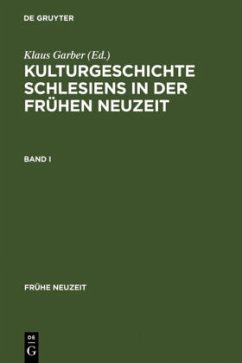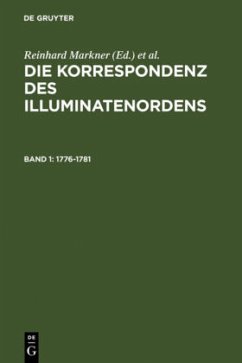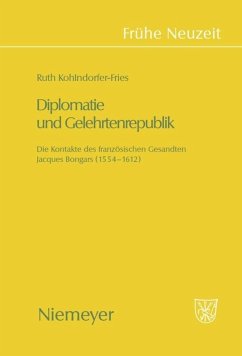This publication is the last in a five-part series devoted to Pomerania, East Prussia, the Baltic, West Prussia, and Silesia. From the second half of the 16th century to the early 18th century, Silesia was the leading cultural landscape in the old German-speaking world. The articles in this volume set out to explain why this should have been the case. As in the preceding volumes, codicologists, literary scholars, historians, theologians, musicologists, and art historians, notably from Germany and Poland, have joined forces in an attempt to cast light on the reasons for Silesia's creative and innovative potential in the early modern age. The volume is designed to memorialize these achievements. It is devoted to intellectual developments between late humanism and the Enlightenment in a connective cultural landscape that Europe has every reason to preserve and commemorate.
Mit diesem Band findet eine Pommern, Ostpreußen, dem Baltikum, Westpreußen und Schlesien gewidmete Sequenz ihren Abschluss. Schlesien ist von der zweiten Hälfte des 16. bis in die Anfänge des 18. Jahrhunderts die führende kulturelle Landschaft im alten deutschen Sprachraum. Warum - darauf versuchen auch die Beiträge dieses Bandes eine Antwort zu geben. Wie bei den Vorgängerbänden haben sich Buchkundler, Literaturwissenschaftler, Historiker, Theologen, Musik- und Kunstwissenschaftler zumal aus Polen und Deutschland zusammengetan, um dem Geheimnis der schöpferischen und innovativen Potenzen Schlesiens in der Frühen Neuzeit auf die Spur zu kommen. Der Band soll beitragen zur Stiftung von Memoria. Er gilt geistigen Gestaltungen zwischen Späthumanismus und Aufklärung aus einer Brückenlandschaft, die zu bewahren Europa Anlass hat.
Mit diesem Band findet eine Pommern, Ostpreußen, dem Baltikum, Westpreußen und Schlesien gewidmete Sequenz ihren Abschluss. Schlesien ist von der zweiten Hälfte des 16. bis in die Anfänge des 18. Jahrhunderts die führende kulturelle Landschaft im alten deutschen Sprachraum. Warum - darauf versuchen auch die Beiträge dieses Bandes eine Antwort zu geben. Wie bei den Vorgängerbänden haben sich Buchkundler, Literaturwissenschaftler, Historiker, Theologen, Musik- und Kunstwissenschaftler zumal aus Polen und Deutschland zusammengetan, um dem Geheimnis der schöpferischen und innovativen Potenzen Schlesiens in der Frühen Neuzeit auf die Spur zu kommen. Der Band soll beitragen zur Stiftung von Memoria. Er gilt geistigen Gestaltungen zwischen Späthumanismus und Aufklärung aus einer Brückenlandschaft, die zu bewahren Europa Anlass hat.








